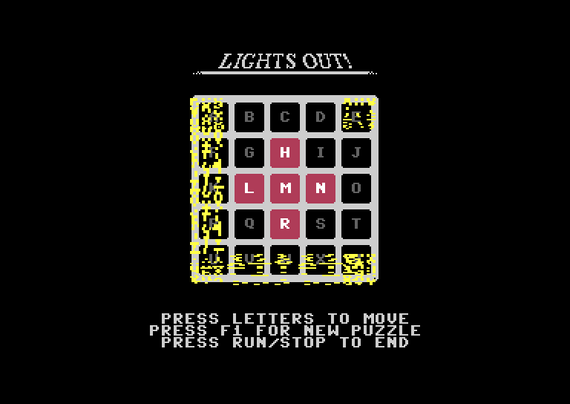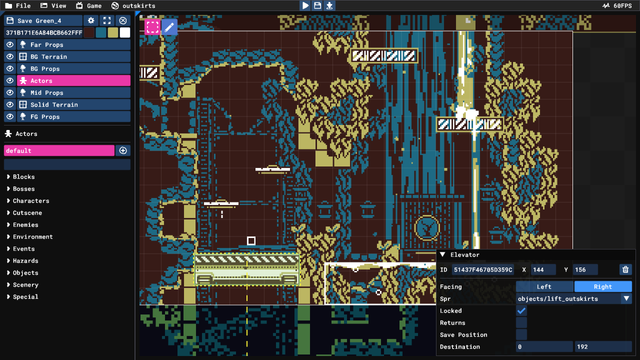This week on the blog: a more detailed look at my optimization work for my first SEGA Genesis project, seven years (!) ago. This goes a bit further than my thread last week, and also discusses the tradeoffs of some other classic optimizations that I'm *not* doing.
https://bumbershootsoft.wordpress.com/2025/06/28/re-optimizing-the-cca-on-the-genesis/



